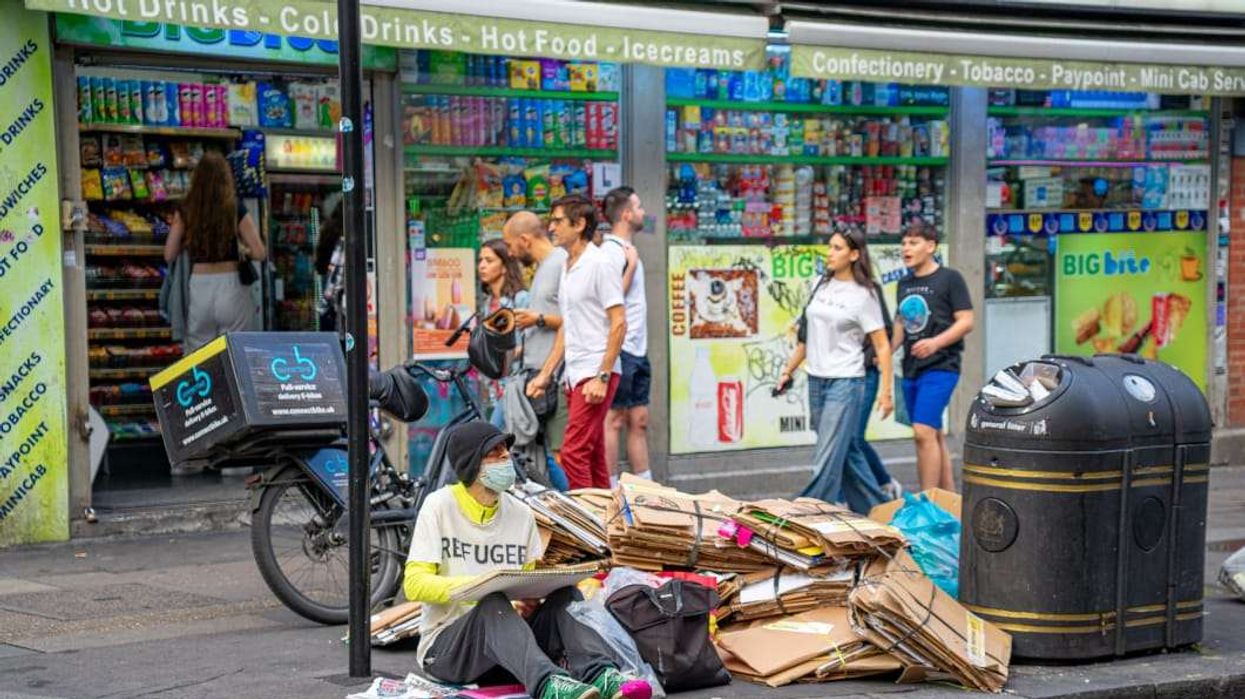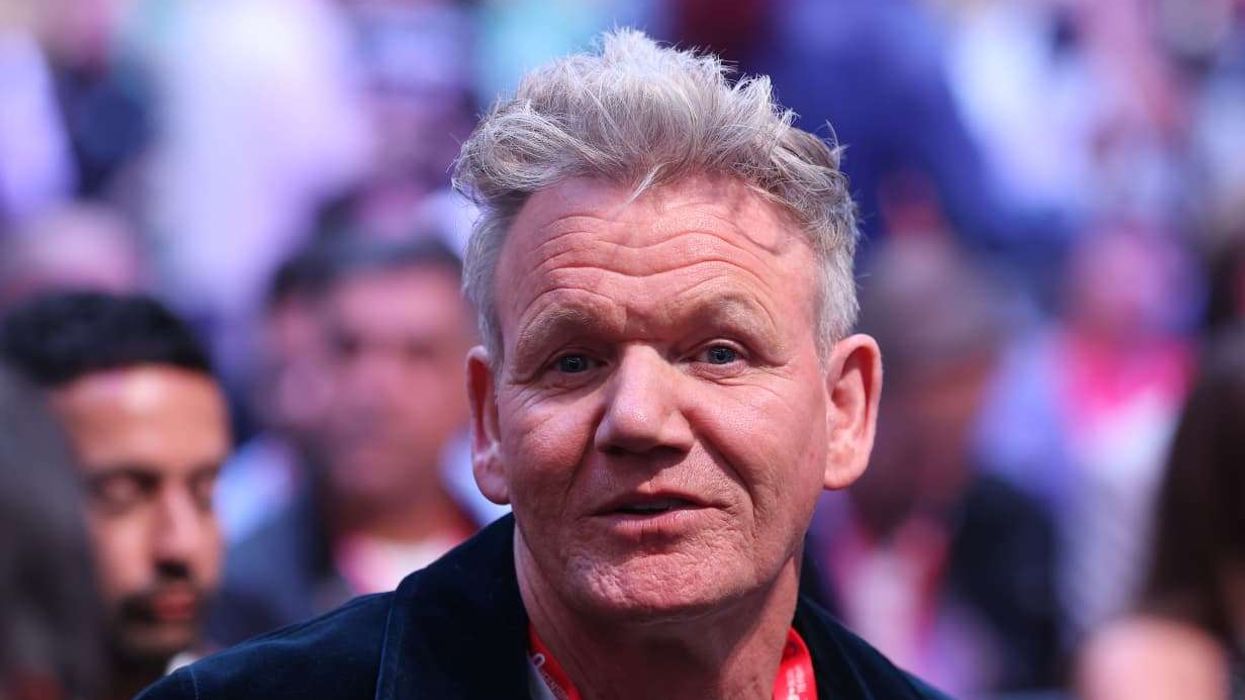UK-based companies are keen to invest in India and have entered into £52 million worth commercial deals in the technology and creative sectors during the India–UK Createch Summit in Mumbai, a senior UK government official said.
“The UK has today demonstrated its world-leading capability in the creative and tech sectors, while continuing to build strong ties with the ever-growing Indian economy,” the UK’s minister of state for trade and export promotion Baroness Rona Fairhead said.
More than 60 UK companies have travelled to India during this month-long celebration of Createch and met hundreds of Indian companies.
“As one of the UK’s economic success stories, the creative industries contributed euro 92 billion to our economy in 2016 and employed over 1.9m people,” he added.
Fairhead launched the first India-UK Createch Summit in Mumbai, which will bring around 1,000 leading figures from across business and government to celebrate innovation such as augmented reality and creative robotics.
UK is the largest G20 investor in India and Indian businesses investment is fourth largest in UK.
The summit convened around 1,000 delegates from the film, advertising, healthcare, industrial design, music, gaming and immersive technology sectors. Among the major deals, UK’s leading creative studio Framestore has joined forces with top Indian vfx players, Anibrain.
The Producers Guild of India signed MoU with the UK’s Producers Alliance for Cinema and Television (PACT) that outlines a more formal collaborative relationship between the UK and the Indian production sector spanning the film, television and digital content industries.
UK is also bullish on healthcare. Vernacare’s has signed a contract with a value of over euro 1 million for the next five years with Manipal Hospital in Dwarka for human waste management system related products.
In a deal worth over £1 million, Tengio UK has also signed a five year deal with one of the largest cooperative banks in India.
UK fashion technology start-up Metail will invest £1.07 million over the next 3-5 years into outsource operations in Bengaluru.
UK-based Master Franchisor Tommy Miah, owner of Tommy Miah’s Fried Chicken (TMFC) franchise, has signed an exclusive master franchise contract with Hungry Humpty, a Kolkata-based company, to manage franchising activities for all of India from 2018. They aim to open 200 TMFC Franchise outlets throughout India in the next five years.
In yet another deal, the Manchester India Partnership (MIP) was launched in India at Createch.
A major target for the Manchester India Partnership will be to encourage direct air routes to further broaden the existing economic and cultural links, with Manchester Airport, which is the sixth largest European air gateway into India.





 Ghost Directors charge illegal workers to keep shops registered in their name.
Ghost Directors charge illegal workers to keep shops registered in their name. Shops were selling below the average UK price.iStock
Shops were selling below the average UK price.iStock  Asylum workers are working illegally for poverty wages - representative image.iStock
Asylum workers are working illegally for poverty wages - representative image.iStock 






